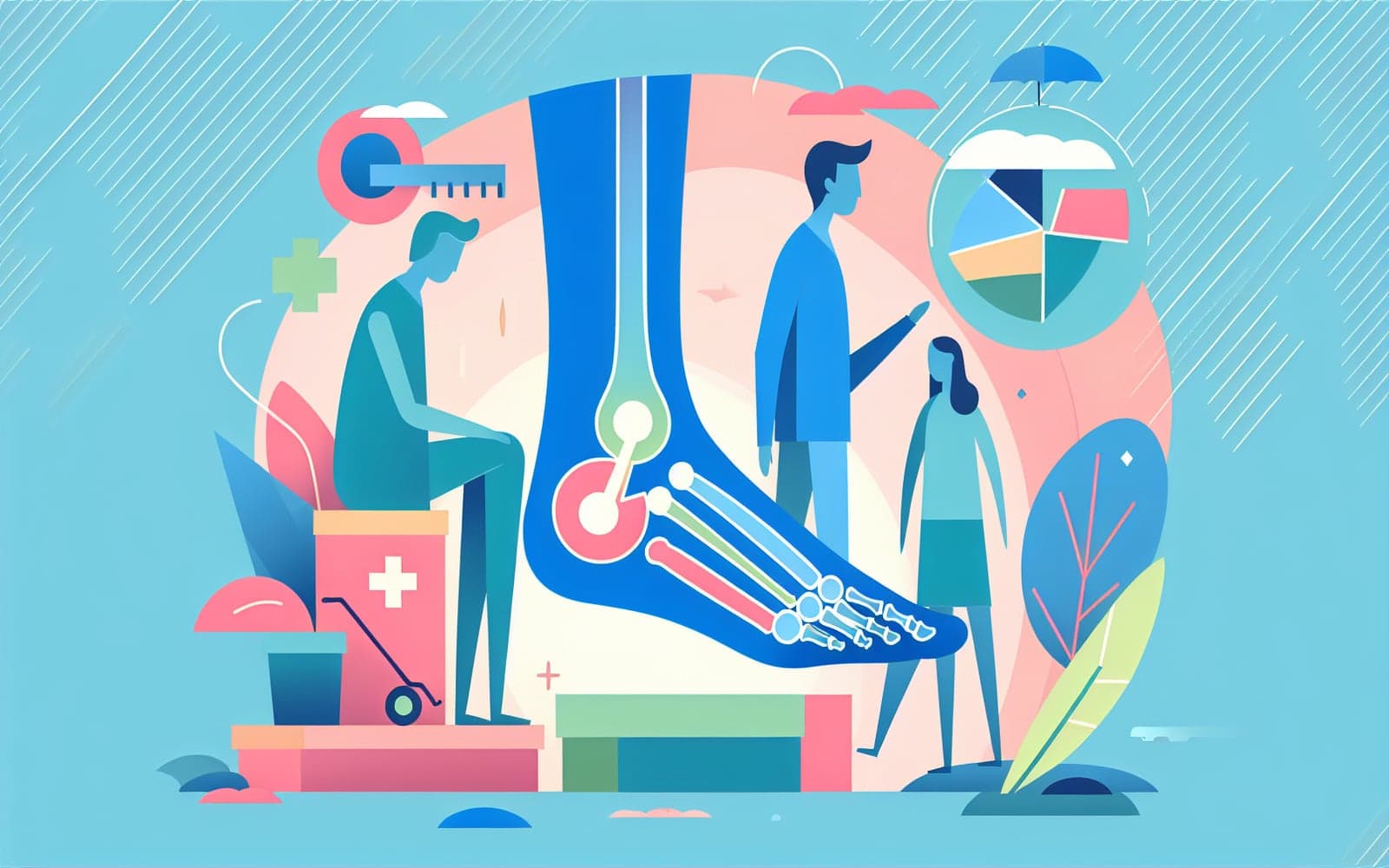Cuboid Fractures: The Hidden Threat to Your Foot Health
Published: Jul 12, 2024

Medically reviewed by Alan Lucks | MD, Alan Lucks MDPC Private Practice - New York on July 12th, 2024.
Cuboid fractures are an uncommon but potentially serious foot injury that can significantly impact mobility and quality of life. Understanding this condition is crucial for prompt diagnosis and proper treatment.
Contents
What Causes Cuboid Fractures?
Cuboid fractures typically result from high-energy trauma or extreme rotational forces on the foot. Common causes include direct blows to the foot, severe ankle sprains, or a 'nutcracker' mechanism where the cuboid is compressed between the heel bone and fourth and fifth metatarsals. Ballet dancers and horseback riders are at particular risk due to the unique stresses placed on their feet.
Recognizing the Signs and Symptoms
Patients with cuboid fractures often experience severe pain over the outer part of the midfoot. Swelling, tenderness, and difficulty bearing weight are common. Walking on tiptoes is particularly painful. It's important to note that cuboid fractures rarely occur in isolation and are often accompanied by other foot injuries.

Diagnosis and Imaging
Diagnosing cuboid fractures can be challenging and often requires a combination of clinical examination and imaging studies. While X-rays are the initial go-to, they may miss subtle fractures. CT scans provide detailed images of bone structure, while MRI can detect stress fractures and associated soft tissue injuries. Weight-bearing X-rays are particularly useful in identifying unstable injuries.
Frequently Asked Questions
No, they're relatively rare, occurring in about 1.8 per 100,000 people annually.
Typically 2-3 months for minor fractures, but can be longer for severe cases.
Proper footwear and technique in high-risk activities can help reduce risk.
No, many can be treated non-surgically, but severe cases may need surgery.
Key Takeaways
While cuboid fractures are uncommon, they can significantly impact foot function and require proper diagnosis and treatment for optimal recovery.
Concerned about foot pain or a potential cuboid fracture? Don't hesitate to consult with Doctronic for expert guidance and personalized care recommendations.Related Articles
References
Court-Brown CM, Zinna S, Ekrol I. Classification and epidemiology of mid-foot fractures. The Foot 2006; 16:138.
Borrelli J Jr, De S, VanPelt M. Fracture of the cuboid. J Am Acad Orthop Surg 2012; 20:472.
This article has been reviewed for accuracy by one of the licensed medical doctors working for Doctronic. Always discuss health information with your healthcare provider.

